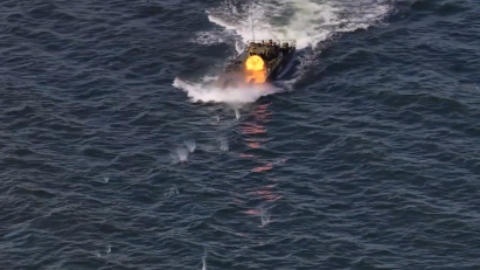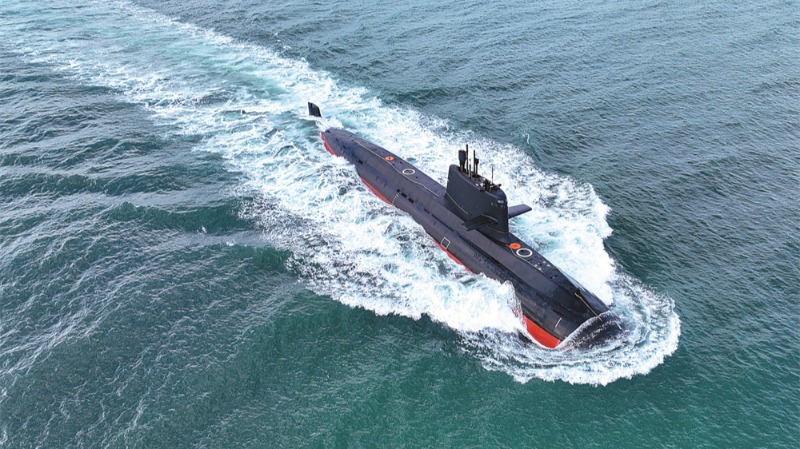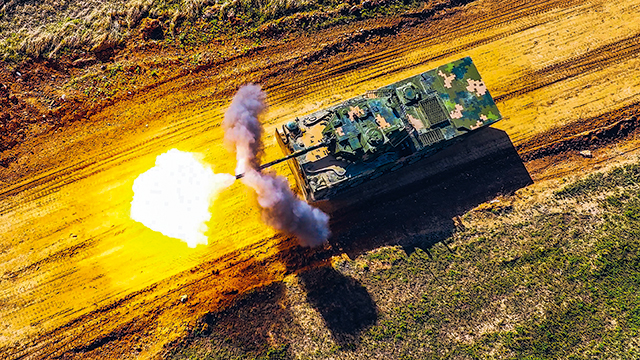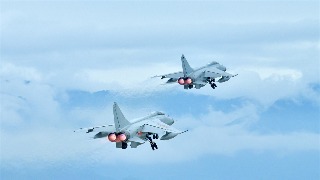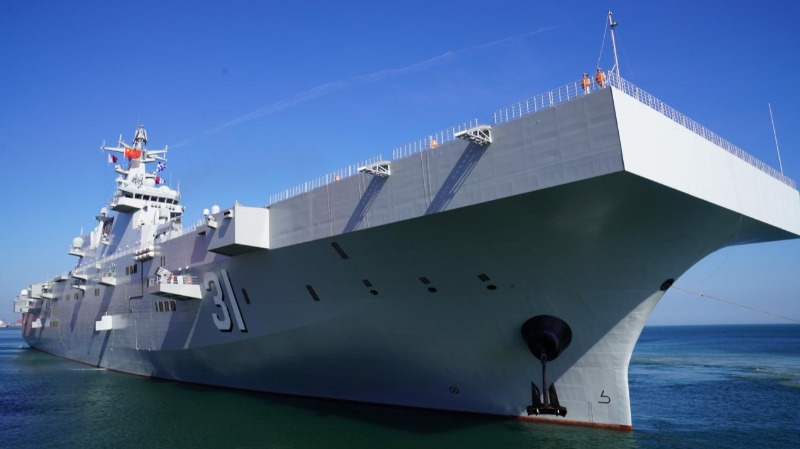By Yun Ruijing
The Australian government recently announced that Mitsubishi Heavy Industries of Japan had defeated competitors from Spain, the ROK, and Germany to win a contract worth 10 billion Australian dollars to build 11 frigates for the Royal Australian Navy. This marks the first time the Japanese government has exported large-scale finished weapons to a foreign country. Previously, Japan had only exported control radar systems to the Philippines. Military expert Cao Weidong analyzed the reasons for Japan to win the contract.
According to Cao, the Mogami-class frigate has advantages such as large displacement, high speed, and a high degree of automation. In terms of weaponry, in addition to naval guns, it is equipped with various types of missiles to ensure strong overall combat capabilities. Originally, the Mogami-class frigate was designed with a stronger emphasis on defensive capabilities, but the improved version Japan is offering will enhance its anti-ship capabilities to meet the needs of Australia.
Cao also noted that, beyond performance factors, delivery speed and production capacity were key reasons for Australia to choose the Japanese frigate. Previously, the Australian government faced enormous public pressure on the AUKUS nuclear submarine procurement agreement with the US and the UK. Facing the uncertain stance of the US government, most Australians are skeptical about whether and when they will receive the nuclear submarines. In contrast, there are fewer uncertainties in military cooperation with Japan.
First, compared with the frequent delays and price hikes that occur in cooperation with the US, Japan has a well-developed surface vessel construction capability and will not postpone delivery. Second, Japan will also not, like the US, use tariff issues to make things difficult for Australia. Third, military cooperation between Australia and Japan will be further deepened through procurement cooperation involving military equipment such as frigates, said Cao.
It is learned that the Japanese government and the defense industry gave unprecedented support to secure this deal, because the Japanese side hopes to use surface vessels as a door-opener for broader defense industry cooperation. In this regard, Cao analyzed that this cooperation marks a new stage in Japan–Australia military relations. It is the first time Japan has exported a large surface combatant after lifting restrictions on weapons exports, showing that its defense industry is accelerating its integration into the Asia–Pacific security cooperation framework. These movements warrant vigilance.
First, in terms of cooperation on military equipment, Australia may in the future purchase conventional submarines and supporting equipment from Japan, as well as shipborne missiles and aircraft for the frigates. Second, in terms of cooperation on military exercises, it will likely become a major trend for Japan to move southward and Australia to move northward. For example, Japan recently went to Australia to participate in the Exercise Talisman Sabre, while Australia will also head toward the Pacific to participate in the Rim of the Pacific (RIMPAC) exercise. More importantly, the driving force behind the strengthening of military cooperation between Japan and Australia is, in fact, the US. The US believes that relying solely on the strength of Japan and the ROK is insufficient to counter major powers in the so-called Indo-Pacific region. Therefore, it has been working to create a so-called "mini-NATO" in the region. Such a military bloc will undoubtedly further undermine regional peace and stability.
Editor's Note: Originally published on military.cnr.cn, this article is translated from Chinese into English and edited by the China Military Online. The information and opinions in this article do not necessarily reflect the views of eng.chinamil.com.cn.








